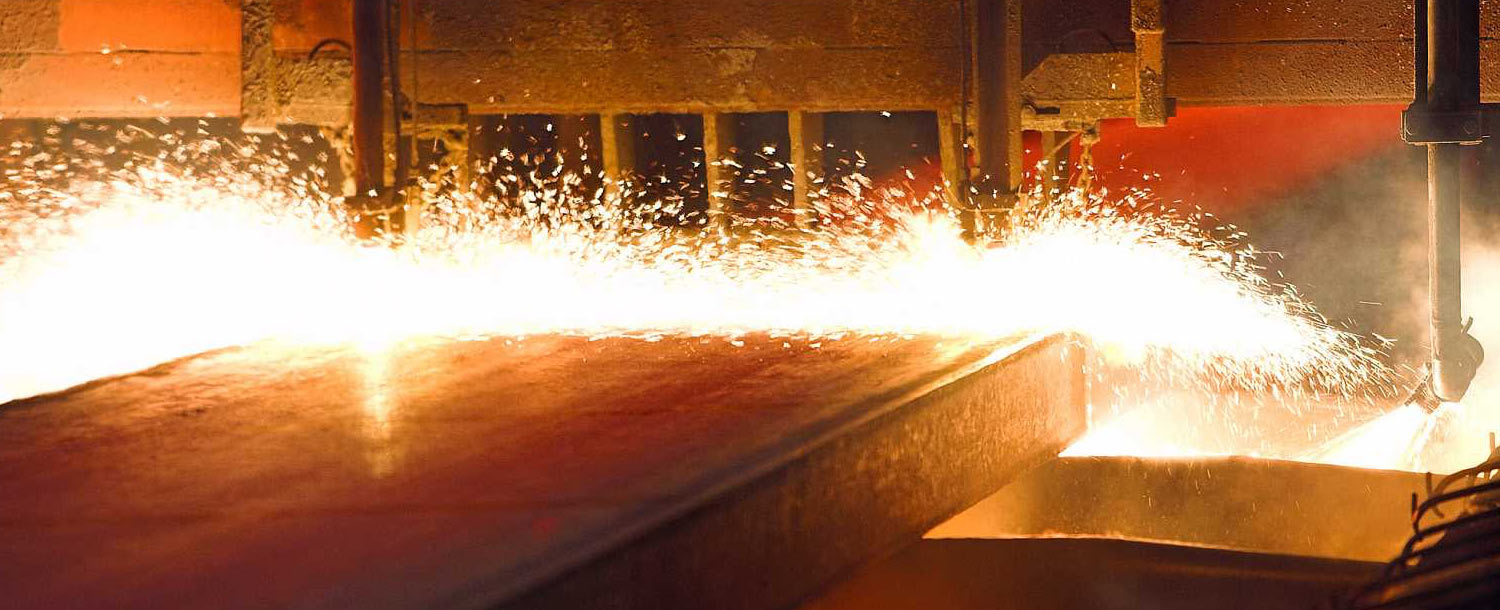In Area 1, K1-MET focuses on two main topics. These are increased efficiency for more product output in metallurgical processes, and circularity for closing material cycles. A closed material loop is a circular process in which an output can be used and then converted into a new product again.
In primary iron and steel metallurgy, the sintering process is the first treatment step of iron ore, which should be further used in a low-carbon direct reduction process. A sinter plant heats and agglomerates fine iron ore particles at high temperature. Direct reduction uses natural gas or hydrogen to produce iron without releasing massive carbon dioxide (CO2) into the atmosphere, making it more environmentally friendly.
Another part of Area 1 deals with alternative reducing agents in the blast furnace and during treatment of copper recycling materials. A blast furnace is a large industrial plant that produces liquid iron (hot metal) during a reduction and smelting process. Reducing agents are used in the blast furnace to remove the oxygen from the iron oxides. The main state-of-the-art reducing agent in the blast furnace is carbon (in the form of coke). K1-MET is looking for more sustainable alternatives.
In secondary metallurgy, methods such as ladle furnace and Ruhrstahl-Heraeus vacuum degassing are investigated regarding increased steel cleanness. A ladle furnace ensures quality and consistency of the molten steel before it is casted into semi-finished products. Vacuum degassing removes unwanted gases from molten steel by placing the steel melt in a sealed chamber with no surrounding air (vacuum).
Additionally, process efficiency and product quality are to be improved in the field of continuous casting and electro slag remelting. Continuous casting is a method to produce solid metal semi-products. A molten metal is poured into a mold and is cooled and solidified continuously. Electro slag remelting is applied to refine steels and various alloys, resulting in high-quality semi-products by using highly reactive slags to remove impurities from the steel.
In the field of circularity, Area 1 addresses the treatment of waste materials and by-products to recover valuable materials for recycling in the processes. By-products, such as slags or dusts, are secondary materials produced during the steel making process.
Finally, a fundamental research project investigates methods to define properties of metallurgical slags from iron and steelmaking.
One project from the nonferrous sector explores the treatment of copper-containing waste materials in terms of product output and sustainability.
Planned measures
From 2023 – 2027, Area 1 focuses on making primary and secondary metallurgical processes more efficient (product output and quality) and sustainable (circularity). This includes ways to reuse raw materials for saving energy and resources. Area 1 will improve the efficiency of ferrous and nonferrous metal processes by innovative solutions and tools. By this way, the resource consumption will be minimized, and the output increased.
The separation of valuable materials from waste streams for a direct recycling is performed. Direct recycling is the process of reusing a product or material without significant changes or transformations. It is the most efficient and environmentally friendly form of recycling and minimizes energy consumption, the use of primary resources, and waste generation. Area 1 will also work on solutions to recover metals and minerals from residues.
Refining and casting processes are investigated to improve the product quality. Area 1 therefore enhances process efficiency to create a sustainable metallurgy.

 DE
DE EN
EN
![[Translate to English:]](/fileadmin/_processed_/4/0/csm_recycle49_weiss_b776401e10.png)
